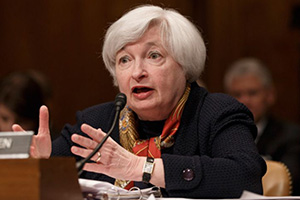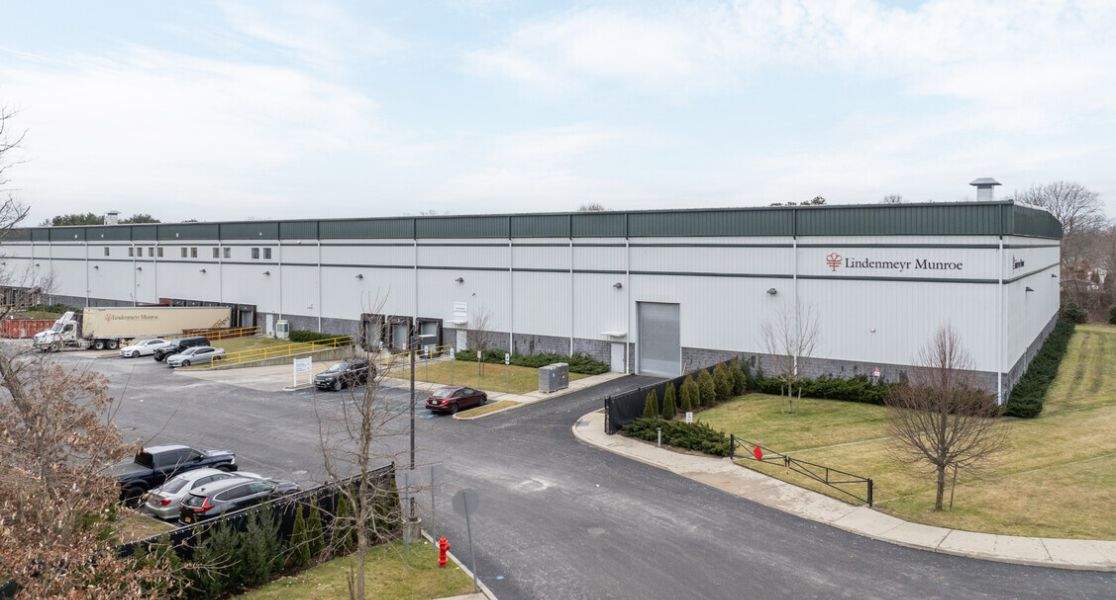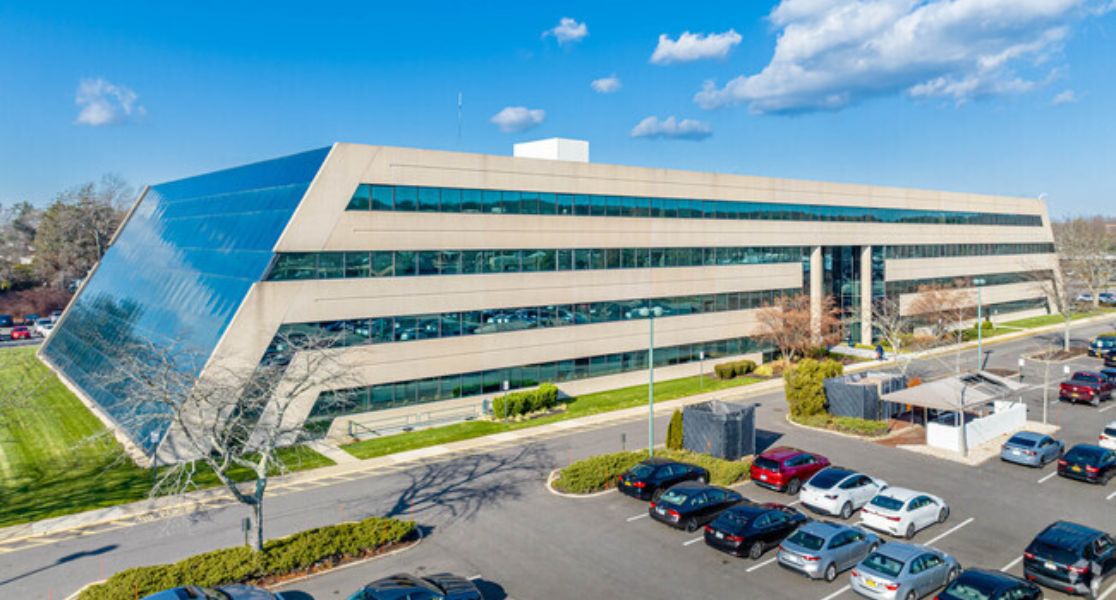 Roughly seven years after the Federal Reserve lowered the target for its benchmark federal funds rate to zero percent, with an announcement from Fed Chairman Janet Yellen, the Fed has finally made the decision to increase the target for short-term interest rates to a range of 0.25% to 0.50% from a range of 0% to .25%.
Roughly seven years after the Federal Reserve lowered the target for its benchmark federal funds rate to zero percent, with an announcement from Fed Chairman Janet Yellen, the Fed has finally made the decision to increase the target for short-term interest rates to a range of 0.25% to 0.50% from a range of 0% to .25%.
The move, while small, is historically significant, as the Fed has held interest rates near zero for seven years and has not raised them since 2006.
This crystalizes the Fed’s belief that after years of frustratingly slow growth and multiple fits and starts, the national economy has finally improved to the point where zero percent interest rates are no longer needed to ward off the threat of another recession.
Even with the announced rate increase, interest rates are still at historically low levels. Going forward, if the Fed’s 2016 economic projections materialize, it will continue to raise interest rates into next year. However, these increases will be gradual and the actual path of the federal funds rate will depend on the economic outlook as informed by incoming data. The Fed’s forecast suggests that interest rates will rise by a quarter-point roughly every three months for 2016.
Although you’ve likely heard much discussion around the consequences of a rate increase, namely the negative consequence of higher borrowing costs, not all of the consequences are in fact negative. Economists actually agree that a move to a higher ground for interest rates brings some unidentified benefits. There are several positive outcomes that have been outlined by many of the nation’s top economists. We will outline several of those positive consequences below…
- Higher Returns for Savers: Economists cite the higher returns paid on savings as an unintended benefit of a Fed rate hike, more so than any other factor. Higher interest rates make it more attractive to save in a deposit account because you’ll be better rewarded, however, this will not be an immediate relief.
- Tamed Inflation: If the Fed achieves its goals in guiding the economy, inflation should remain under control. A positive inflation scenario after a rate hike might include lower prices of imported consumer goods, due to a likely higher exchange value of the Dollar.
- More Lending: When interest rates rise, financial institutes, including banks, may part with their money more freely. Banks may have a greater incentive to loan out reserves at higher interest rates, and the increased flow of additional credit would boost economic growth.
- Increases in Interest for Retirees: Higher interest rates on CDs and other financial instruments will particularly help older Americans trying to live on their retirement savings. However, it is important to note that there has not been an increase in Social Security benefits.
- Stronger Dollar for Traveling Americans: As detailed above, Fed tightening is likely to mean a somewhat higher value of the Dollar. A strong U.S. Dollar has provided significant savings for Americans heading abroad. The Dollar is already up especially against the Euro and that gives Americans more buying power abroad.
- Stocks Will Trade on Fundamentals: As the Federal Reserve embarks on what is known as “normalization,” stock prices are likely to start making logical sense. A normalization of rates would return the focus to market fundamentals and off of focusing on the nuances of each Fed statement.
More Action Driven Home Buyers: When there’s impending change, people are more motivated to take action. Higher interest rates could push buyers off the fence increasing demand, increasing prices and increasing home equity so that more people can sell their homes successfully.
Stay updated by subscribing to our monthly newsletters.





